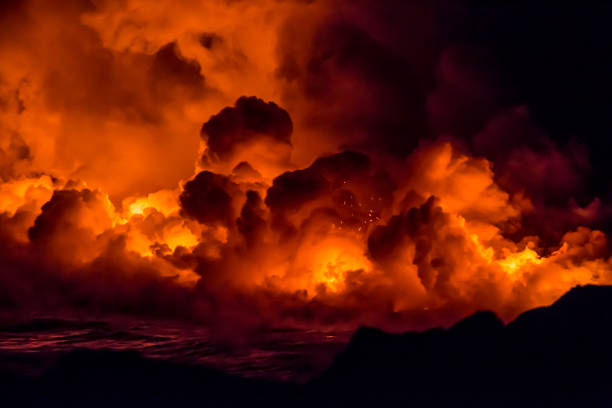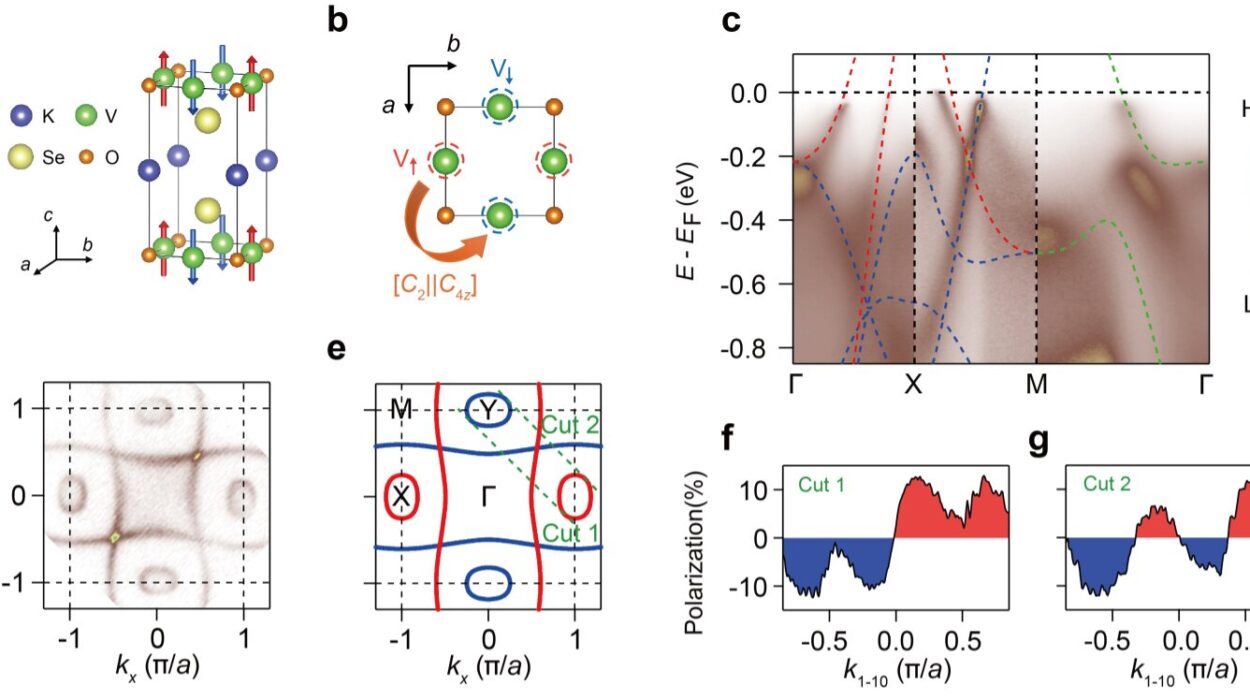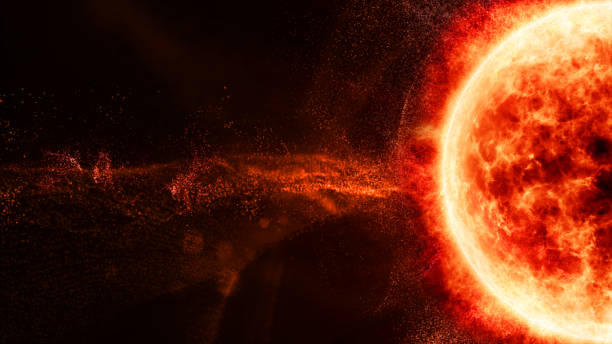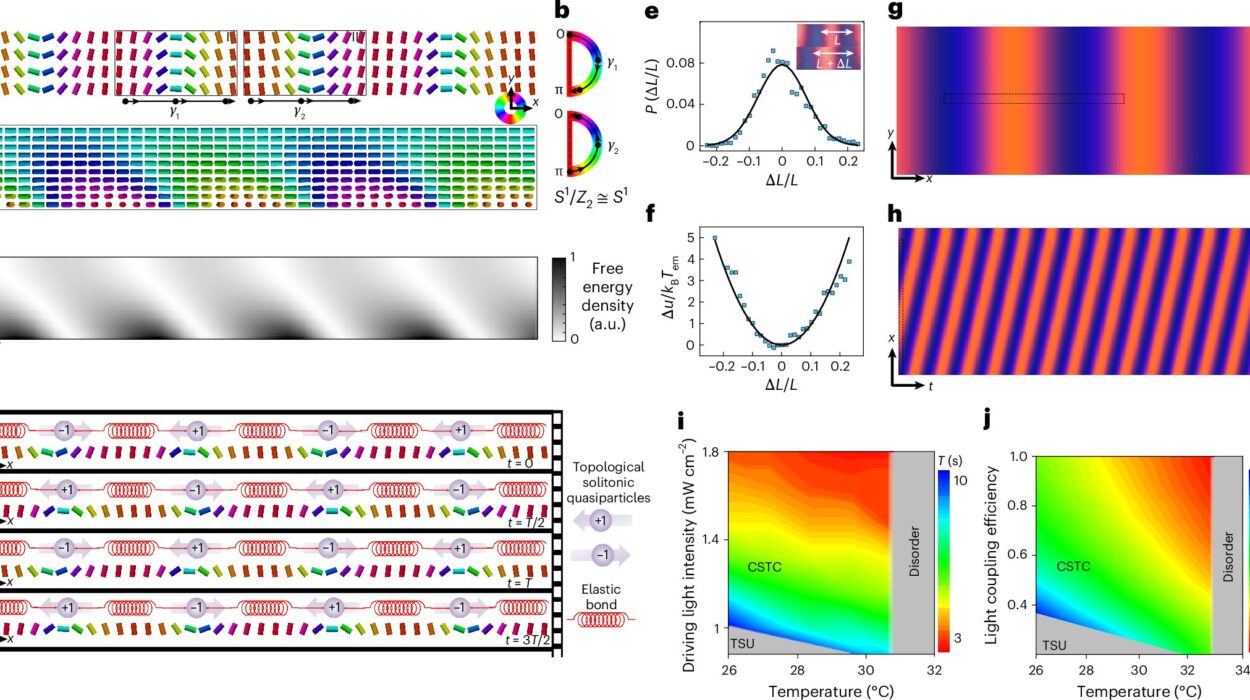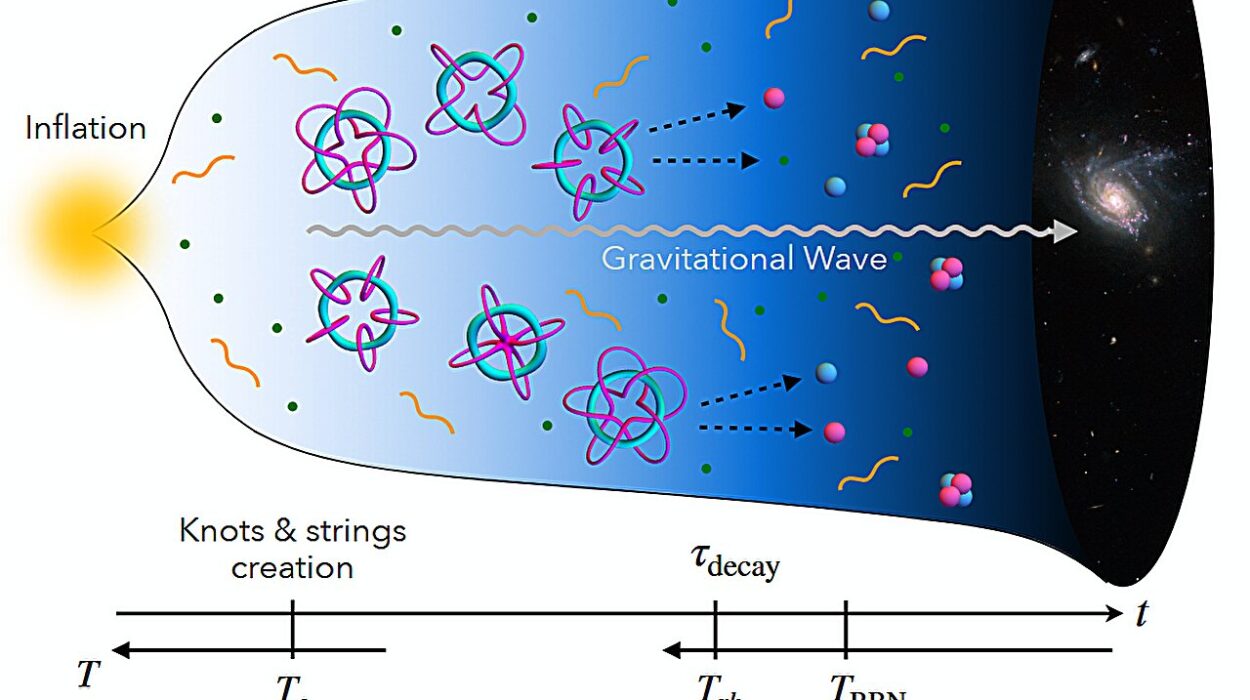Heat is something you can feel but never see. It warms your skin in the sun, makes your coffee steam on a cold morning, and powers the engines that drive our world. But what exactly is heat? Where does it come from? And why does it matter so much to everything from climate to chemistry, from your microwave to the stars?
To understand heat, we need to look beyond what we experience and dive into the world of physics, atoms, and energy. Heat isn’t just a sensation. It’s a fundamental physical process—an expression of energy in motion at the tiniest levels of matter. This journey through thermal energy will take us from the erratic dance of molecules to the fiery furnaces of the cosmos. Get ready to explore the invisible flame that shapes our reality.
The Difference Between Heat and Temperature
Before we can understand thermal energy, we have to clear up one of the most common misunderstandings in science: the difference between heat and temperature. They’re related, yes—but they are not the same.
Temperature is a measure. Specifically, it tells us how fast the particles in a substance are moving on average. The higher the temperature, the more kinetic energy the particles have. Think of it as the “speedometer” of particle motion. But temperature doesn’t tell us everything. A thimble of boiling water and a bathtub of lukewarm water can have vastly different amounts of thermal energy, even though the thimble is hotter.
That’s where heat comes in.
Heat is energy in transit. It is the transfer of thermal energy from one body or system to another due to a difference in temperature. Heat always flows from the hotter object to the cooler one—never the other way around—until thermal equilibrium is reached.
So temperature is a snapshot of internal energy levels. Heat is the flow of that energy.
Atoms in Motion: The Molecular Nature of Heat
To grasp what thermal energy really is, we need to go microscopic—deep into the atomic world.
Matter is made up of atoms and molecules, and these tiny particles are never truly still. Even in a solid, atoms vibrate in place. In liquids and gases, they move more freely, bumping into each other, colliding, and rebounding. This incessant jostling is kinetic energy, and the sum of it—across trillions and trillions of particles—is what we call thermal energy.
When we say something is “hot,” we mean its molecules are moving quickly. “Cold” means slower movement. Heat, then, is the transfer of this molecular kinetic energy from one object to another.
This molecular view explains a lot. It tells us why metals conduct heat well (their electrons move freely and carry energy quickly) and why gases expand when heated (faster molecules take up more space). It also explains why absolute zero—the coldest possible temperature—is a state where particle motion nearly stops entirely.
Types of Heat Transfer
Thermal energy moves in three main ways: conduction, convection, and radiation. Each method involves different mechanisms, and understanding them helps explain everything from cooking to climate.
Conduction is the transfer of heat through direct contact. When you touch a metal spoon that’s been sitting in a pot of hot soup, the heat moves from the spoon to your hand by conduction. At the molecular level, faster-moving particles collide with slower ones, passing on their energy like a microscopic game of billiards.
Convection is heat transfer through the movement of fluids (liquids or gases). Warm fluids expand and become less dense, causing them to rise, while cooler, denser fluids sink. This creates a circulation pattern. It’s how hot air balloons rise and how weather systems form. It’s also why your soup circulates in the pot as it boils.
Radiation is the only method that doesn’t need a medium. It’s the transfer of heat through electromagnetic waves, primarily in the infrared spectrum. This is how the Sun’s energy reaches Earth across the vacuum of space. It’s also how your body loses heat to its surroundings.
Each method plays a critical role in how energy moves through our world, whether it’s warming your house or igniting a star.
Measuring Heat: Units and Tools
To make sense of thermal energy scientifically, we need ways to measure it.
In the metric system, heat is measured in joules (J), the same unit used for all forms of energy. In some contexts, particularly in chemistry and engineering, heat is also measured in calories. One calorie is the amount of energy required to raise the temperature of one gram of water by one degree Celsius. In dietary terms, what we call a “Calorie” (with a capital C) is actually a kilocalorie—1,000 scientific calories.
Scientists use various tools to measure heat and temperature. Thermometers gauge temperature, but calorimeters measure heat. A calorimeter is a device that quantifies the amount of heat exchanged in a chemical reaction or physical process, allowing researchers to calculate energy transformations with precision.
This ability to measure heat is vital for everything from industrial processes to medical applications, environmental science to culinary arts.
Specific Heat and Why Substances Behave Differently
Not all substances heat up equally. Some warm quickly, others slowly. Some retain heat longer; others lose it rapidly. Why?
This difference is described by a property called specific heat capacity, or simply specific heat. It’s the amount of heat required to raise the temperature of one gram of a substance by one degree Celsius.
Water, for instance, has a high specific heat. It takes a lot of energy to change its temperature, which is why oceans moderate Earth’s climate. Metals like copper and iron, on the other hand, have low specific heat, meaning they heat up and cool down quickly.
This property explains much of our interaction with the physical world. It’s why coastal regions have milder temperatures than inland areas. It’s why engineers choose different materials for different thermal environments. It’s why your coffee stays hot longer in a ceramic mug than a plastic one.
Phase Changes: When Heat Doesn’t Raise Temperature
Sometimes, you can add heat to a substance and see no change in temperature. This seems like a paradox—but it’s not. It’s the physics of phase changes.
When ice melts into water or water boils into steam, the heat energy goes into breaking molecular bonds, not into raising temperature. This energy is called latent heat.
There are two main kinds: latent heat of fusion (melting/freezing) and latent heat of vaporization (boiling/condensing). These hidden energy shifts play a crucial role in weather, biology, and technology. Clouds form when water vapor condenses, releasing latent heat into the atmosphere. Your body sweats and uses evaporation to cool itself efficiently. Refrigerators rely on phase changes of gases to transfer heat out of your food.
Phase changes are another example of how thermal energy operates in subtle, sometimes invisible ways.
Entropy and the Arrow of Heat
If you’ve ever wondered why heat always flows from hot to cold, the answer lies in a deeper concept: entropy.
Entropy is a measure of disorder or randomness in a system. In thermodynamics—the science of heat and energy—it’s a central idea. The Second Law of Thermodynamics states that in any isolated system, entropy tends to increase over time. In practical terms, this means energy spreads out. Concentrated, ordered energy becomes diffused and disordered.
That’s why heat flows from a hot object to a cold one, not the other way around. It’s not just a physical rule—it’s a statistical inevitability. Over time, systems move toward equilibrium, a state of maximum entropy.
This principle explains why perpetual motion machines are impossible, why aging and decay occur, and why the universe itself is marching toward a “heat death” in the far future, when all energy will be evenly distributed and nothing interesting will happen anymore.
Heat isn’t just energy—it’s the fingerprint of the universe’s deep tendency toward disorder.
Heat in Chemistry and Biology
Thermal energy plays a central role in the chemical and biological world.
In chemistry, heat drives reactions. Endothermic reactions absorb heat; exothermic reactions release it. Combustion, the process that powers engines and warms your fireplace, is an exothermic chemical reaction between a fuel and oxygen. Understanding how much energy is released or absorbed is key to designing everything from batteries to rockets.
In biology, organisms rely on thermal energy to function. Enzymes, the catalysts of life, only work within narrow temperature ranges. Too cold, and reactions slow down. Too hot, and proteins denature. Homeostasis—maintaining a stable internal temperature—is vital for life. Warm-blooded animals expend energy to regulate their body heat, while cold-blooded creatures depend on their environment.
Even evolution has been shaped by heat. Life on Earth thrives in a temperature window, shaped by the thermal properties of water, the energy from the Sun, and the insulating blanket of Earth’s atmosphere.
The Technological Harnessing of Heat
Humans have learned to control heat, and with it, the course of civilization.
Fire was the first great thermal technology, allowing early humans to cook, stay warm, and forge tools. Later came the steam engine, the Industrial Revolution’s fiery heart, converting thermal energy into mechanical work.
Modern engines, turbines, and power plants all rely on thermodynamic cycles—systems that convert heat into useful energy. The internal combustion engine in your car, the jet engine in an airplane, the nuclear reactor powering a city—these are all machines that master the movement of thermal energy.
We’ve also learned to remove heat. Air conditioners, refrigerators, and heat pumps use clever physics to transfer thermal energy from cool to warm areas, keeping us comfortable and preserving food.
Thermal energy isn’t just a scientific curiosity—it’s the backbone of the modern world.
Heat and the Environment
Heat also plays a pivotal role in the Earth’s environment and climate systems.
The Sun’s radiation warms the planet, drives the weather, and fuels photosynthesis. The atmosphere and oceans distribute this heat through convection currents, shaping everything from monsoons to jet streams.
Greenhouse gases trap some of this heat, preventing it from escaping into space. This natural greenhouse effect makes life possible. But human activities—especially burning fossil fuels—have intensified this effect, leading to global warming.
Understanding how heat moves through the atmosphere, oceans, and Earth itself is essential for tackling climate change. Scientists use thermal models to predict how much temperatures will rise, how weather patterns will shift, and what we can do to mitigate the effects.
Heat is not just physics—it’s politics, policy, and planetary survival.
Cosmic Heat: From Stars to Black Holes
Thermal energy isn’t limited to Earth. It’s a force that shapes the cosmos.
Stars are colossal furnaces, where gravitational pressure triggers nuclear fusion, converting mass into energy and radiating heat across space. The Sun’s heat warms our world; other stars seed the galaxy with elements forged in their fiery cores.
Supernovae, the explosive deaths of massive stars, release vast quantities of thermal energy, creating shockwaves and scattering matter. Even black holes, the darkest objects in the universe, can emit thermal radiation—Hawking radiation—due to quantum effects at their event horizons.
The universe itself has a temperature. After the Big Bang, it was unimaginably hot. As it expanded, it cooled, eventually forming atoms, galaxies, and the cold background radiation we detect today.
From the tiniest particle to the largest galaxy, thermal energy is a fundamental thread woven through the fabric of reality.
Conclusion: The Pulse of the Universe
Heat is more than warmth. It’s the restless energy of atoms. It’s the engine of change, the signal of life, the ghost of ancient stars.
To study thermal energy is to understand the pulse of the universe itself—its tendencies, its transformations, its irreversibility. From your morning coffee to the core of the Sun, from melting ice to exploding stars, heat is there, guiding the flow of energy and the arrow of time.
The science of heat is the story of motion, matter, and meaning. It reveals a universe in constant flux, where nothing is truly still, and where energy, once unleashed, seeks always to spread, to diffuse, to dance.
And in that invisible dance, we find the spark of understanding that lights the mind.
